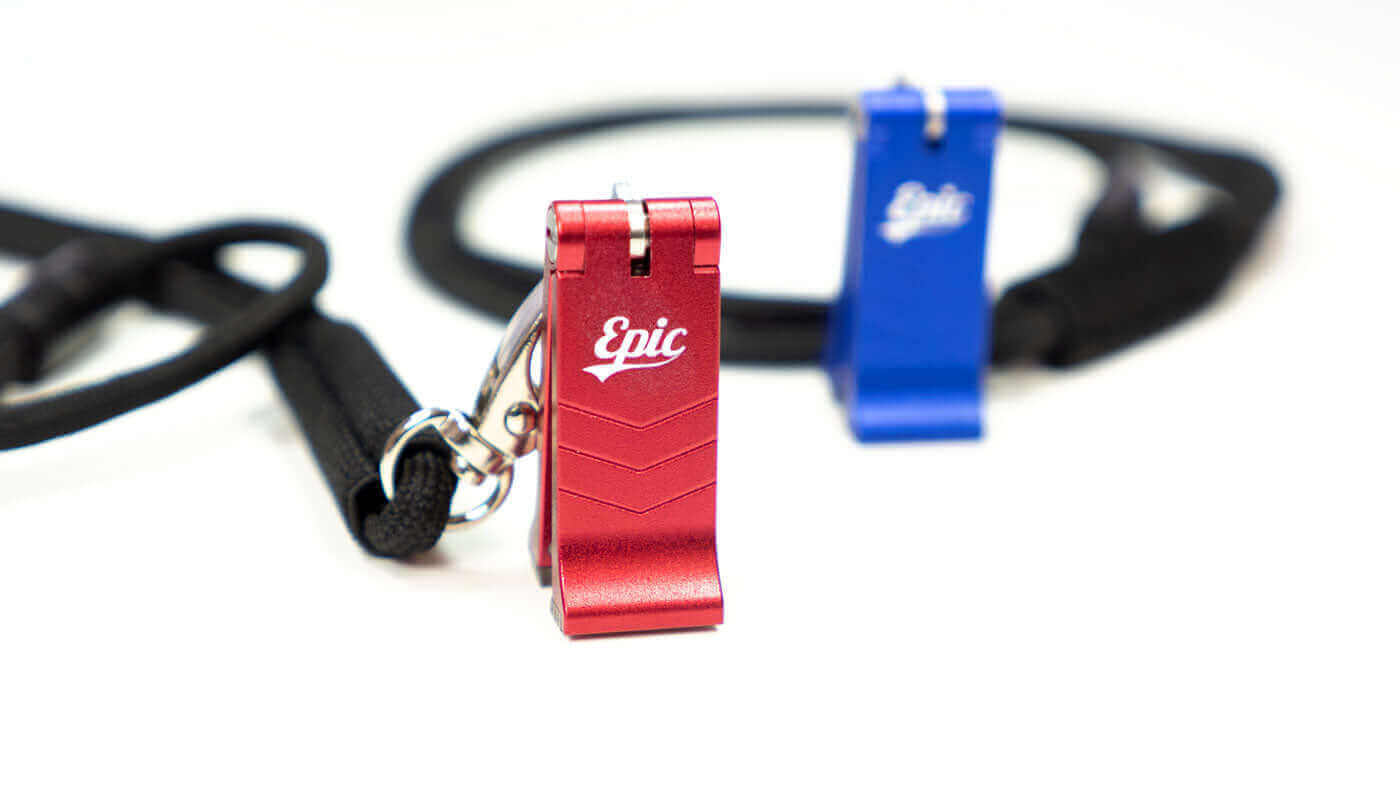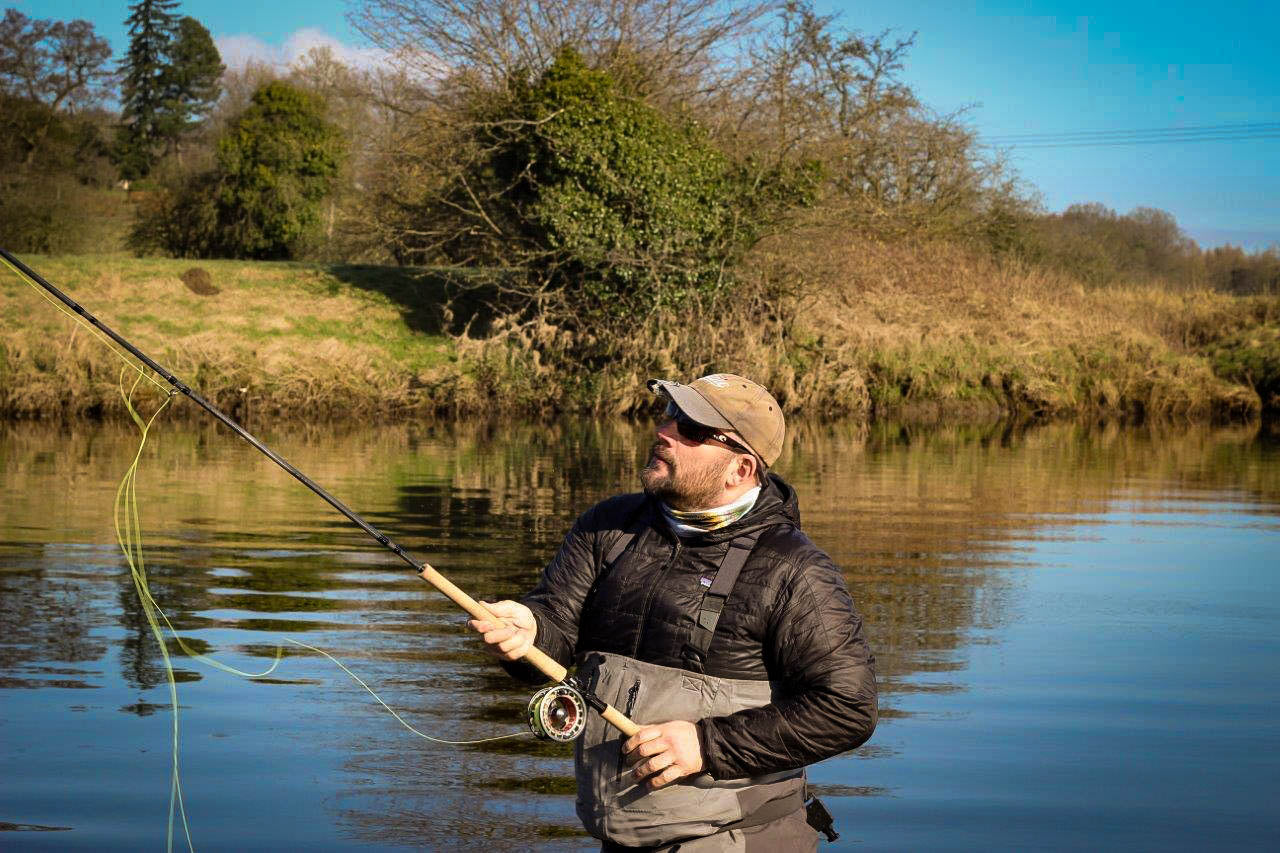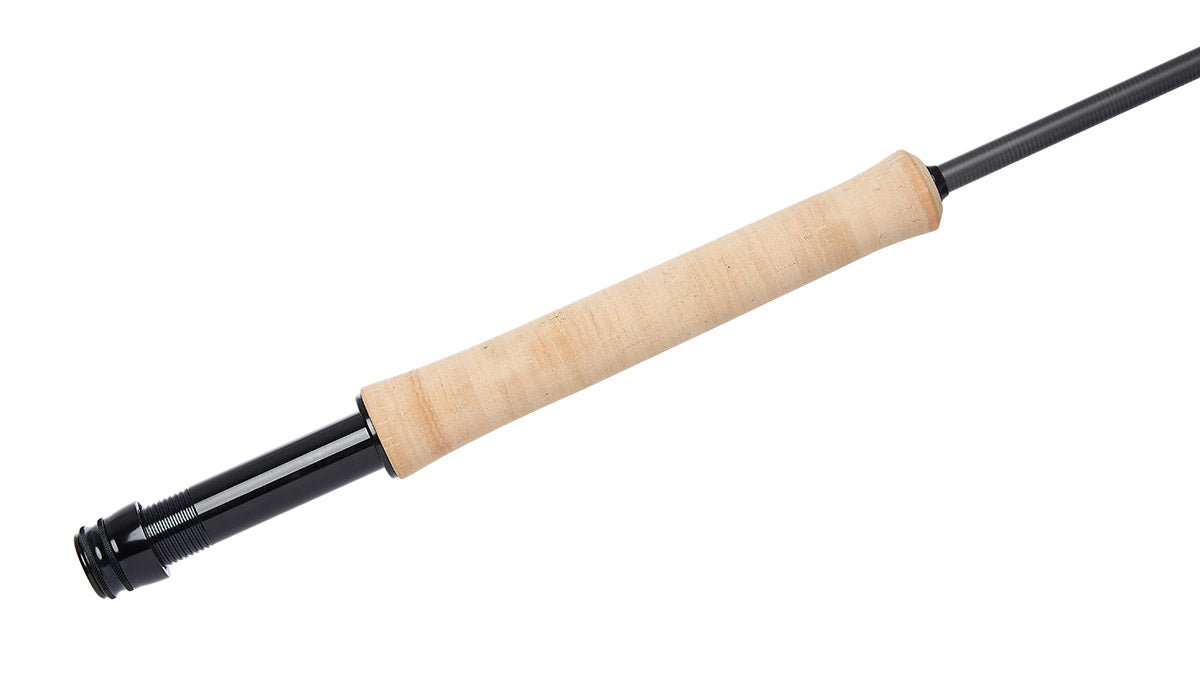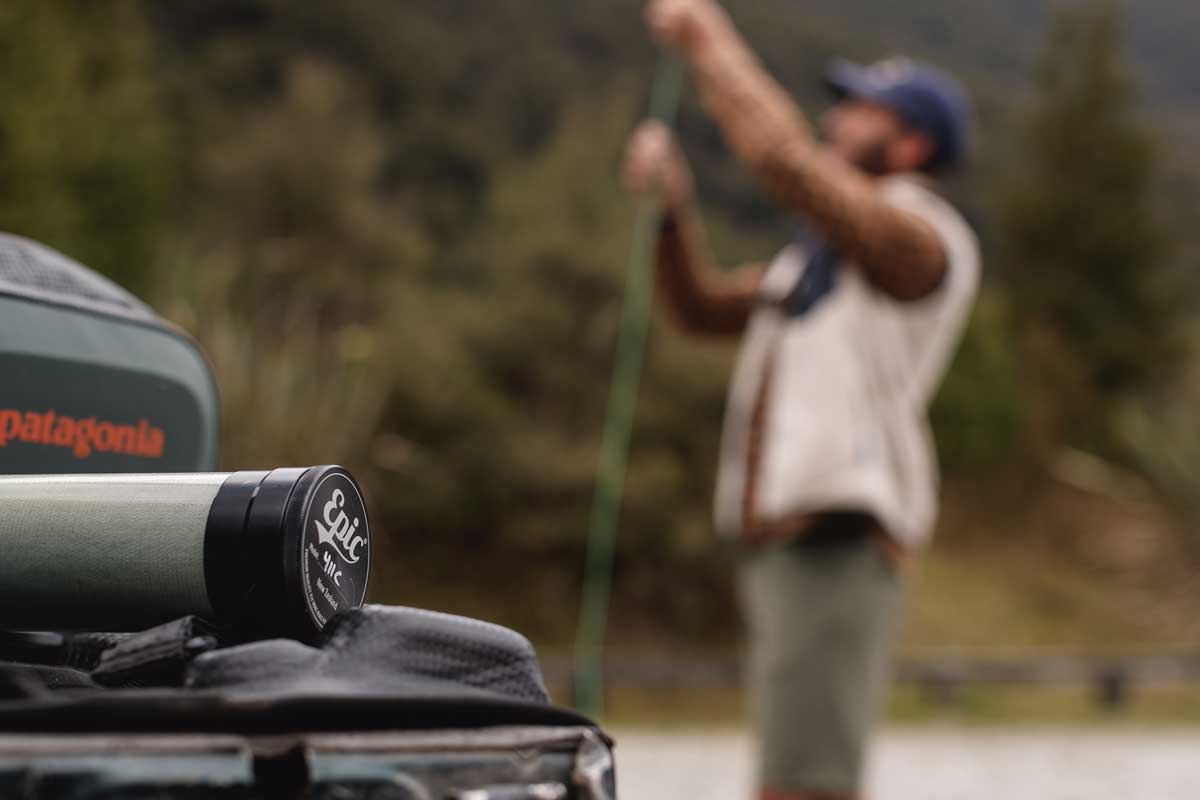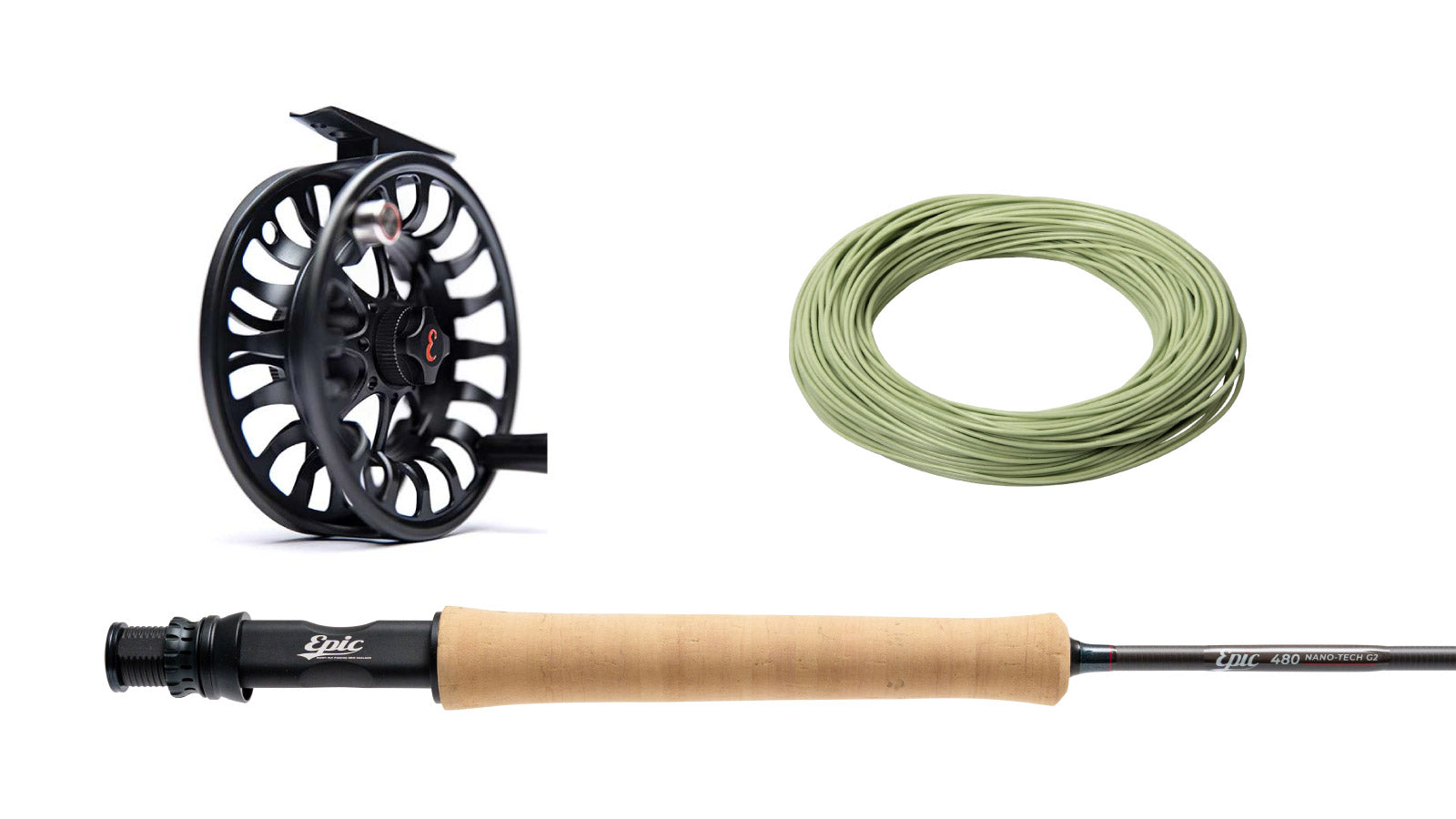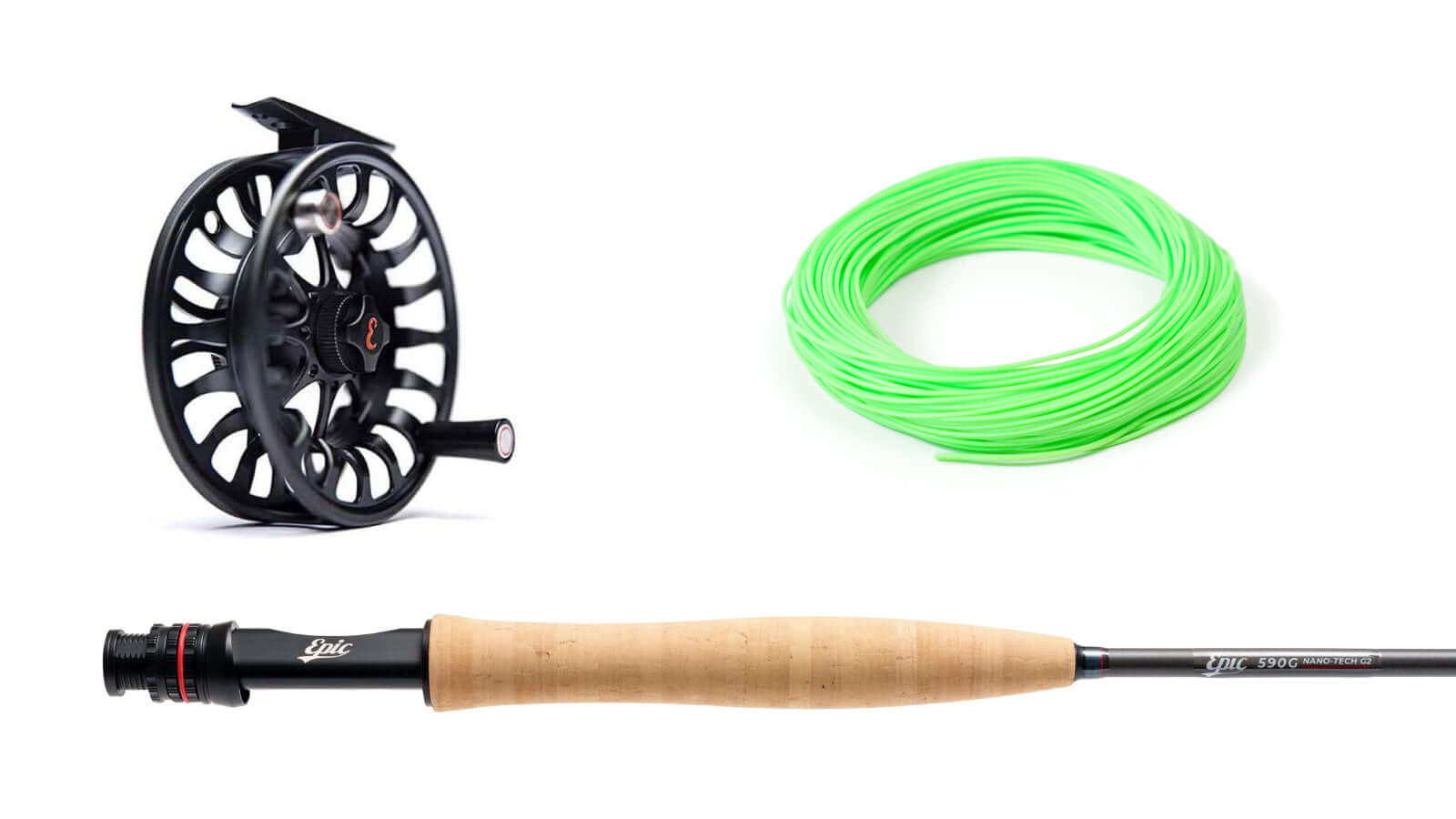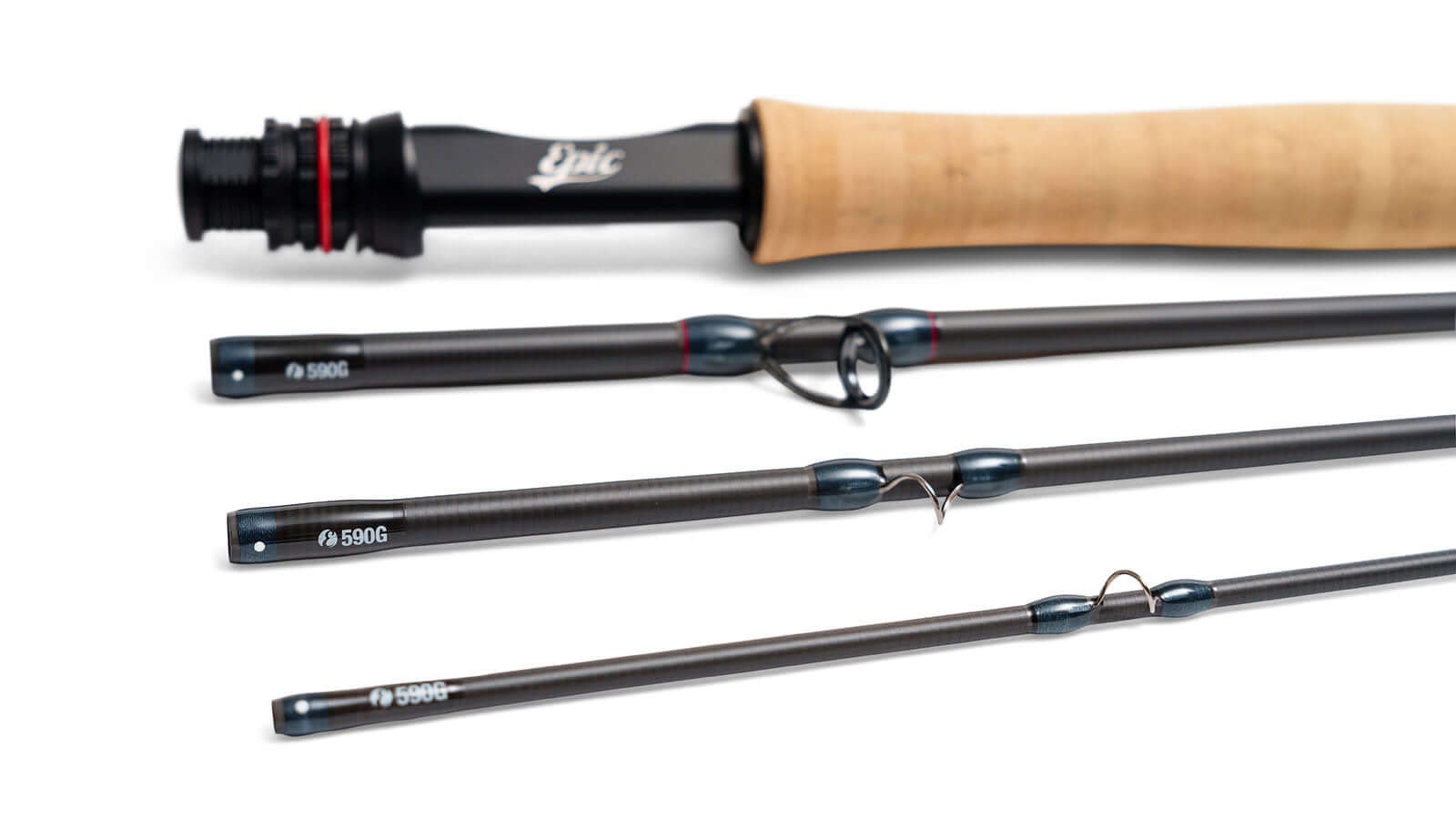Uk Epic Ambassador Chris Aldred runs through his top 5 tips to improve your Speycasting.
-
Get a lesson.
Seriously, nothing will change on this from my perspective, get a real hands-on lesson with a qualified instructor. Not the bloke that stops to offer help every time you are on the river, or the fella that has watched hundreds of YouTube videos - yet still tails every cast. For every great clip on YouTube there are hundreds of awful ones. A good lesson will help get you going correctly. A decent instructor should also be able to help with balancing your outfit and will have lines for every occasion and most rod weights, saving your hours of frustration and quite a few quid. They will also be able to help with grip, stance and to correct all those You Tube issues you have.
Incorrect delivery - arms are straight.
-
Balance your outfit and practice.
Sounds simple enough, yet how many people can state they have practiced after a lesson? Practice is going out with a rod, a matching line, and practising your casting, based on the notes you made or were given after your lesson (You did make notes?) This is the bit that makes the difference, going out and practising, working things out and improving. Here is another tip, practice with a mid-belly spey line, a line with integrated running line with a head length between 50 and 70ft - dependent upon the length of your rod, the longer the rod the longer the head length.
The reason I state a mid-belly is that it is the hardest line to master and once you can cast this efficiently, then stepping to a shooting head/Scandi or Skagit head is much easier, a change of stroke length and timing and you will be set. If you have 20 minutes I would do 100 jump rolls on each side, work on getting into a rhythm and watch the anchor kiss into place. For sustained anchor practice, Snap T’s, this will get you used to seeing your anchor position and then sweeping and climbing into delivery.100 each side, this may seem like a lot, but once you get into a rhythm it is easy to get through them both in 20 minutes.
-
Airborne or Kiss and Go Anchors.
Bit of a confusing one this, because the anchor needs to touch down, so kiss and go is a better term, these are associated with jump rolls or switch cast, single spey and snake roll casts, they are used with traditional spey lines and shooting head lines. As the title suggests, the line kisses down prior to you making the delivery cast, the anchor forms and you immediately deliver the forward cast.
How to improve these: Initially I always look at the person holding the rod and the amount of pressure they are putting into the grip. The rod should be sat in your fingers, 2 fingers and a thumb is sufficient to do this with nice light grip, imagine you are shaking hands with a small child - just enough grip pressure to hold the rod without it falling out of your hands. This does a couple of things, firstly it removes the tension in your arms, shoulders, neck back and anywhere you care to think about, if the tension is removed then you can make a more relaxed cast. So, peel the line, sweep it back, get the rod tip past your body and circle up into the key or delivery position, watch the anchor kiss down and then deliver the forward cast, after your practice sessions this becomes second nature and muscle memory takes over. Last thing, admire the line going out, don’t be in a rush to drop the rod and open up that tight loop.
A relaxed grip
-
Waterborne or sustained anchors.
Used with traditional lines and skagit lines and used with snap casts, double spey and all of the skagit variants of these casts. Really useful for heavy or large flies, or heavy sunk tips. Again, there is no need for a tight grip, allow the rod to sit in your hands and stay relaxed. Most of these casts use a rotation to align the anchor, now this is where a lot of faults occur and where anglers tend to get a unique new piercing, caused by a fly hitting them in the back of the head, this cast is also known as the “chuck and duck”.
I will explain this and it can be seen in the image, if you want to make a 90 degree angle change, then you cannot stop your rod 90 degrees to the target and expect the fly line to immediately stop.
A sustained over rotation.
This is impossible, the line is anchored top and bottom and the middle free bit of line, the length that forms your D/V loop is free to carry on swinging, once it swings behind you and across the back of your body, it is too late, hence the fly getting stuck in your back or hear upon delivery. To fix this, for a 90 degree change, stop your sweep at 45 degrees, then by the time you complete the circle up, the line and anchor will be aligned to your 90 degree target, making it easier to deliver the cast safely, unless you really want a piercing?
-
Finally, get out and play.
See how many skagit variations you can make with a double spey, perry poke combination, or what happens if I do an aerial snap t and sweep into a single spey. Work on your anchors and anchor placement, at the moment of delivery your anchor should be aligned to target and stood right up on its toes, by this I mean, the leader and the minimum amount of fly line should be on the water, sliding in the direction of your D or V loop, which in turn should be fully tensioned with no slack line, the delivery at this point is just you stopping the rod on a relaxed, easy forward cast.
 Arms should remain bent after delivery
Arms should remain bent after delivery
I think that covers it, well, it is a start. With a balanced outfit, relaxed grip and the minimum of practice on a regular basis you will be covering more fish with less effort, which means one thing, and this is the most important lesson of all, if you are tired and your arms are sore from all that bad casting, how do you expect to hold a beer at the end of the day!
Chris Aldred is a mentor for GAIA and the FFI. Chris has mentored over thirty-five, world-class instructors in his career, many of them are now working within the fly fishing industry around the globe. You can find out more about Chris, his guiding operation and teaching at www.flyfishlancashire.co.uk



